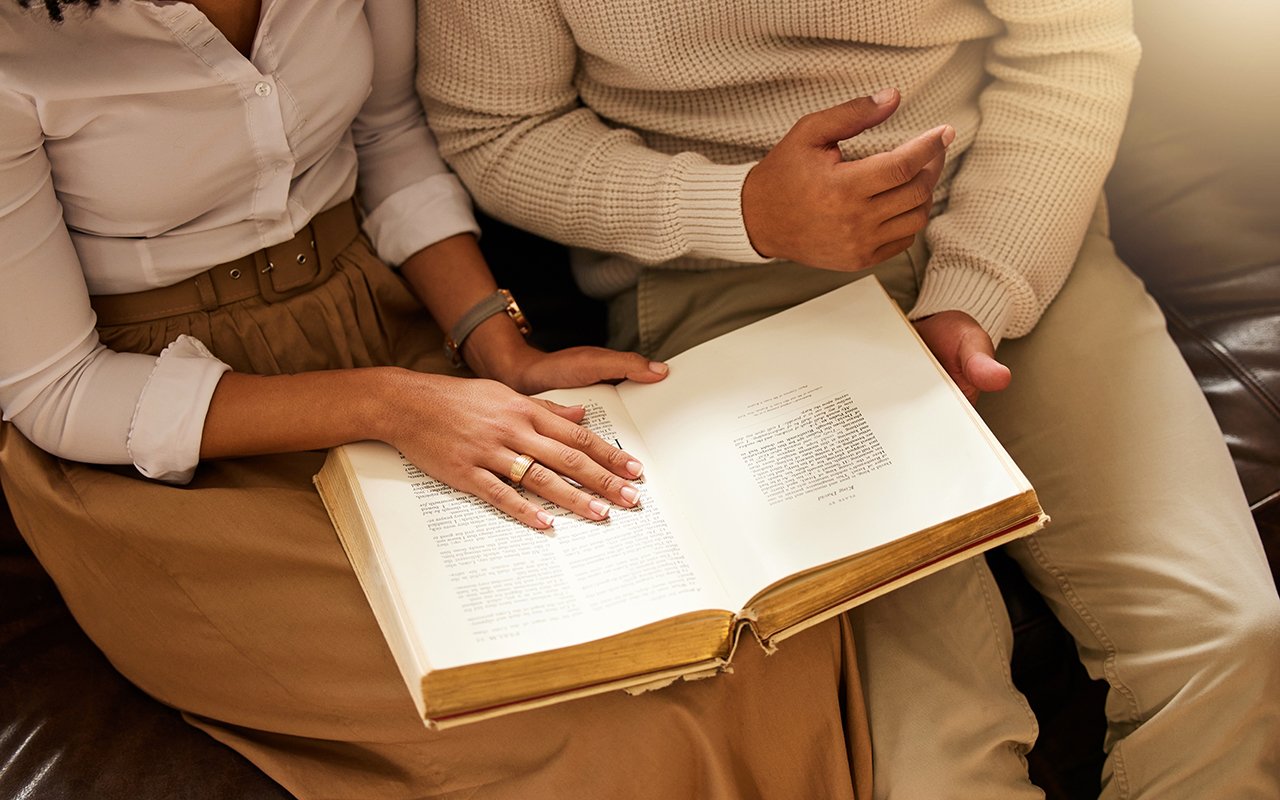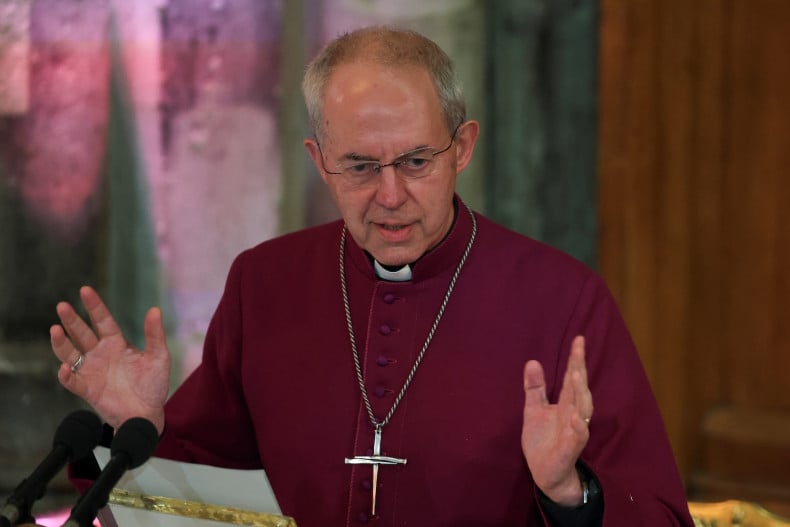Thomas’ doubt deepened his faith

If you are doubtful, keep in prayer. Photo/File
What you need to know:
- With Thomas, we dare proclaim: “My Lord and My God!” That is the faith which propelled him to evangelise India in 52 AD. The same faith should give us the impetus to evangelise at home and abroad.
On July 3, Christians observe the feast of St Thomas the Apostle. The Gospel story of his encounter with the Risen Christ is a favourite for me, and, I believe for many. Though the apostle is depicted as the “Doubting Thomas”, the story leads to the knowledge that, far from being a sin, doubting opens the door to a richer encounter with God and a deeper faith.
We must appreciate the story in the context of the closing remarks of John’s Gospel: “But these are written so that you might come to believe, or continue to believe, that Jesus is the Messiah, the Son of God, and that through believing, you may have life in His name.” So, Thomas’ story is about Jesus and all His disciples. It links the resurrection of Jesus Christ, and those who witnessed it, with the faith of those who would come long, after the events recorded.
Continuity
Interestingly, when Jesus appeared to His disciples, they did not recognise Him, until He showed them the wounds from the crucifixion. So, what is most remarkable and unique about the risen Christ is not the resurrection itself, but the continuity. The disciples were able to recognise Jesus as the same one who lived with them before His crucifixion.
Hence, Thomas’ insistence to see the marks of Jesus’ wounds, should not be interpreted as a matter of his doubt, but to make the connection between the Risen Christ and the one who suffered on the cross. The other reason for Thomas’ demand is to know certainly that Jesus’ resurrection was a bodily, and not a ghost or some spiritual being; but a human being with a real, though transformed body (Luke 24:39). Thomas asked for nothing more than what the others had been given. Seeing was enough for him, as it was for the others.
But unlike the others, Thomas made the deepest and most profound act of faith: “My Lord and my God”. Jesus responded by affirming his faith. He goes further to express that true faith, deep faith, is not reliant on signs or miraculous: “Blessed are those who have not seen and yet believe.”
In other words, the disciples do not have greater faith than those Christians who have lived since the resurrection and did not bear witness to it. Yet it is the disciples’ witness/testimony from which we derive our faith.
Faith cornerstone
The resurrection is not only a great mystery but also the cornerstone of our faith. Similarly, our faith remains mysterious, a miracle, in its own right. But to keep and deepen it, also remains a daily struggle. To proclaim Christ risen from the dead is to assert the power of God that transforms us and the world.
It is fascinating to know that the risen and glorified Christ carried with Him His full humanity, with the scars of His suffering, back to heaven. It represents a humanity redeemed, as well as Jesus’ continuous intercession for the same sinful humanity, before His Father.
“By His wounds, we are healed” (1 Peter 2:22). It is the same wounds with which Christ perpetuates His sacrifice to God, during Mass. It is because of the same wounds that Christians believe in the real presence of the Risen Jesus, in the consecrated bread and wine, which become His Body and Blood; the Eucharist. Jesus’ death and resurrection are carried in our bodies, with all of our frailty, uncertainty, and weakness (2 Corinthians 4:10).
With Thomas, we dare proclaim: “My Lord and My God!” That is the faith which propelled him to evangelise India in 52 AD. The same faith should give us the impetus to evangelise at home and abroad until His return.
DID YOU KNOW?
•2 Corinthians 4:10: We always carry around in our body the death of Jesus, so that the life of Jesus may also be revealed in our body.
•Unlike the others, Thomas made the deepest and most profound act of faith: “My Lord and my God”. Jesus responded by affirming his faith. He goes further to express that true faith, deep faith, is not reliant on signs or miraculous: “Blessed are those who have not seen and yet believe.”





